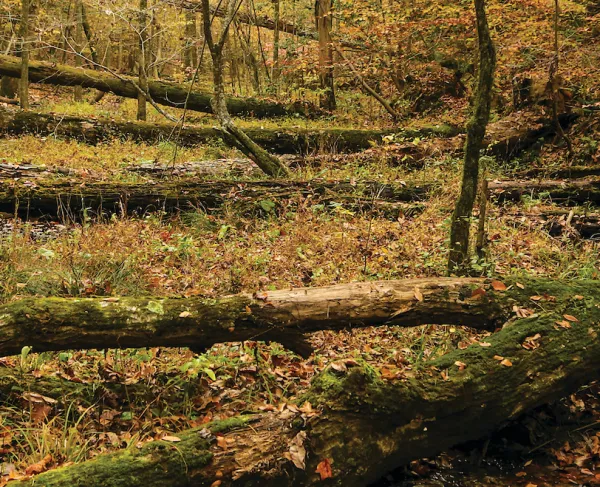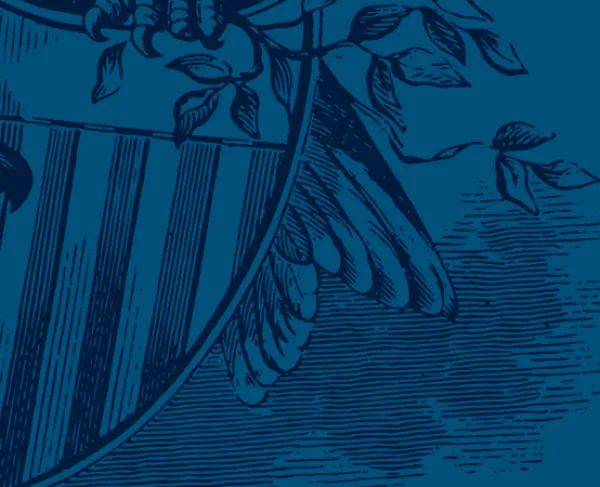Long-Sought Opportunity Emerges at Williamsburg, as American Battlefield Trust Pursues Purchase of James Custis Farm
Mary Koik, (202) 367-1861 x7231
(Williamsburg, Va.) — The American Battlefield Trust has secured a contract to acquire a 250-acre property on the Williamsburg Battlefield in York County, Va. Known historically as the James Custis Farm, this property is hugely historic with relevance stretching back to 1690, long before the 1862 Civil War battle in which it figured prominently. With its large size, desirable location and development potential, the tract’s massive $9.2 million value has posed a challenge to achieving its permanent protection. But buoyed by the prospect of federal and state matching grants — including a landmark $4.6 million sum from the American Battlefield Protection Program (ABPP), administered by the National Park Service — as well as other anticipated funding sources, the Trust is confident that its preservation is on the horizon.
“Announcing publicly that the Trust is on the cusp of protecting the James Custis Farm is a triumphant achievement,” said organization president David Duncan. “Despite all that has been done over many long years to reach this point, the Trust must align further funding sources and private donations to complete the acquisition. Only once ownership is secured and the land is fully paid for will we declare victory.”
A major step in the process came yesterday, as ABPP announced that it had awarded the largest battlefield land acquisition grant in its two decade history to the effort. The $4.6 million grant dwarfs the previous record holder, a $2 million sum put toward the Trust’s 2006 acquisition of the Slaughter Pen Farm at Fredericksburg, Va. ABPP grants for land acquisition must be purchase property outside National Park boundaries at sites identified as historically significant to the outcome of the Revolutionary War, War of 1812 of Civil War through formal studies.
“This grant represents the largest single grant in the American Battlefield Protection Program's history and underscores the value of historic properties and green spaces outside federal lands. The preservation of this battlefield is the result of nearly a decade of organizing and planning at the local, state and national levels and exemplifies what we can achieve when we work across boundaries,” said NPS Deputy Director Shawn Benge.
Such a costly and complex transaction has necessitated a long procedural process before any public announcement could be made. These preliminary steps, included securing speculative matching grants from the state’s Virginia Battlefield Preservation Fund and Surry Skiffes mitigation funding (administered by the Virginia Land Conservation Foundation), as well as the negotiation of a substantial landowner donation toward the effort.
From the 1690s to the mid nineteenth-century, a series of owners operated the land as a slave plantation. It was originally known as “Fouace’s Quarter” after Stephen Fouace, a French Huguenot and one of the original trustees of the College of William and Mary, but later associated with Carter’s Grove Plantation. Enslaved people produced liquor, tobacco, wheat, wool, butter, cider, pork, veal, mutton, and livestock on the property. Before the outbreak of the Civil War, James W. Custis, who served in the Virginia State Senate and House of Delegates, operated the site. Understudied or undiscovered archaeological resources, including burial sites, on the property may help us acknowledge and interpret the lives of the enslaved men and women who lived and labored here for 150 years.
This property is also a battleground of national significance, where Union soldiers and enslaved Virginians turned the tide of the Battle of Williamsburg and helped build public support for emancipation. In 1861, Confederates built 14 major military earthworks as a second defensive line in the Peninsula, with No. 11 on the site. During the Peninsula Campaign in the spring of 1862, Union forces moved to threaten the Confederate capital of Richmond from the southeast, with the Battle of Williamsburg as the first pitched battle of this offensive. On the morning of May 5, 1862, members of the local enslaved population — who had likely been impressed into building the defensive works — notified the Union army that two redoubts, numbered 11 and 14, were unoccupied. Due to their guidance, Brig. Gen. Winfield Scott Hancock directed two batteries of artillery to these positions, outflanking the Confederate forces. Despite being temporarily pushed back by an attack that swept across this property, Hancock’s forces were able to and reestablish their line around Redoubt 11, repulsing the Confederates and earning the commander his sobriquet “Hancock the Superb.” Following the battle, the Union army used the nearby Custis farm buildings as a field hospital.
According to the Civil War Fortifications Study Group, Redoubt 11 on the property is one of the best-preserved redoubts from the early war period in Virginia. Moreover, according to historian Glenn David Brasher, whose The Peninsula Campaign & The Necessity of Emancipation received awards from the Center for Civil War Research and praise from the Journal of American History: “There are few battlefields more appropriate than Williamsburg for telling the story of the military roles that enslaved African Americans played even before the Emancipation Proclamation in saving the Union and freeing their people from bondage.”
Acquisition of the James Custis Farm will not be the American Battlefield Trust’s first achievement at Williamsburg. Last December, the organization declared victory on protection of a 29-acre tract at the Bloody Ravine, acquired from The Colonial Williamsburg Foundation with grants from ABPP and the Commonwealth of Virginia, plus donations from Trust members. Another major Trust acquisition occurred in 2015 with Anheuser Busch’s donation of 65 acres, adjacent to the James Custis Farm.
The American Battlefield Trust is dedicated to preserving America’s hallowed battlegrounds and educating the public about what happened there and why it matters today. The nonprofit, nonpartisan organization has protected nearly 54,000 acres associated with the Revolutionary War, War of 1812 and Civil War. Learn more at www.battlefields.org.
###




